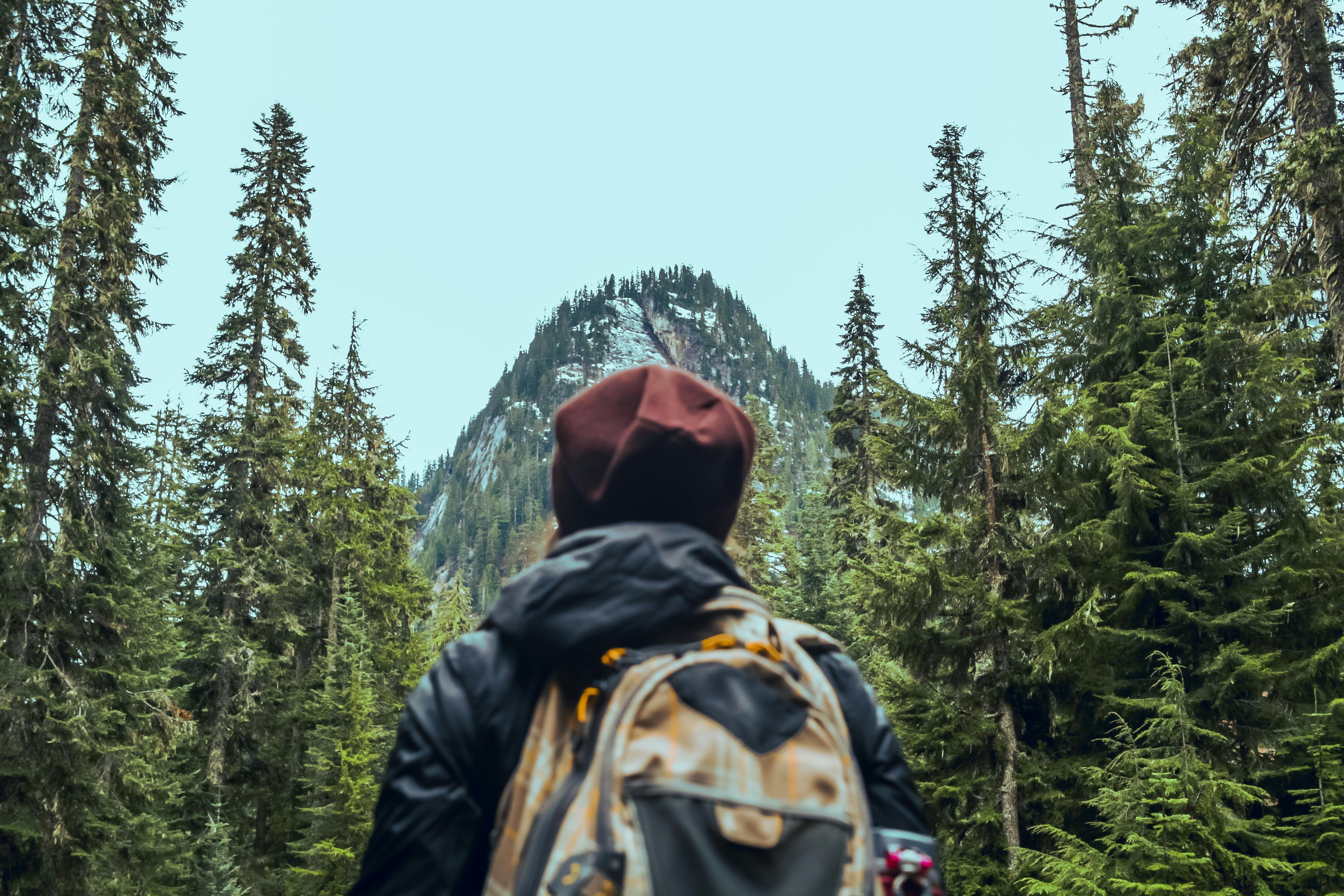PNW Aesthetic: A Lifestyle for the Wealthy, Not the Broke
There’s something about the rain in the Pacific Northwest that makes you want to pause for a moment. The sound is soft.
Fog covers the roads, trees drip with mist, and the smell of coffee feels stronger than usual. Sometimes it feels like the world is giving you a moment to breathe.
Life here has a strange kind of charm. Outdoor jackets, flannel shirts, hiking boots. Everything looks relaxed yet effortlessly cool.
People call it the PNW aesthetic. A style born from the forest, from gray skies, from a kind of quiet that doesn’t feel lonely.
Maybe it’s about finding peace. Or maybe it’s just a new way to escape the noise of the world. Nobody really knows. But more and more people seem drawn to it.

What Is the PNW Aesthetic
PNW stands for Pacific Northwest, a region in the northwestern part of the United States that includes Washington, Oregon, and a small part of Canada.
This area is known for rain almost all year, thick fog, pine forests, and air that always feels damp. From here came the lifestyle and vibe people now call the PNW aesthetic.
Simply put, the PNW aesthetic is a mix of nature, simplicity, and calm.
The colors you’ll often see are gray, deep green, earthy brown, and a touch of orange like autumn leaves.
The typical outfit is simple but warm: flannel shirts, mountain jackets, cargo pants, hiking boots, wool hats. Nothing flashy. Everything looks ready for a walk in the woods at any time.
But the PNW aesthetic isn’t just about clothes. It’s about the mood.
It’s about cold mornings, fog over the lake, or a cup of coffee in a small café while watching the rain fall. On social media, many people describe it as a calm and honest way of living.
A way to feel closer to nature in a world that never seems to slow down.
Why This Style Suddenly Became Popular Among Young Americans
Young Americans are tired of the city.
They grew up surrounded by noise, screens, and speed. Everything is online, fast, and performative. Life feels like content that always needs to be interesting.
In the middle of that, the PNW aesthetic showed up like a breath of fresh air.
This style offers the opposite of all that. Calm, slow, natural.
You don’t need to look fancy, just honest. A wrinkled flannel and a hot cup of coffee feel more real than a blazer and laptop in a coworking space.
Beyond that, many young people are becoming more aware of environmental issues.
They want to feel closer to nature, even if it’s only through lifestyle choices or clothing. The PNW aesthetic makes space for that.
Nature becomes part of identity, not just a place to visit.
Now this style is clearly visible in daily life.
In cities like Seattle and Portland, people wear flannel shirts, outdoor jackets, cargo pants, and hiking boots not just for mountain trails but also for college or coffee shops.
Brands like Patagonia, The North Face, Columbia, and Arc’teryx are everywhere on the streets.
Even in big cities like New York or Los Angeles, elements of this look appear in the gorpcore trend, which mixes outdoor gear with urban fashion.
Social media also fuels the rise of this trend.
Videos of Oregon’s morning fog, forest trails, or cozy wood cabins with soft light go viral easily.
Those scenes give people a sense of peace they rarely find in everyday life. Many don’t watch them for style inspiration, but to feel calm.
And maybe that’s the heart of it.
Behind the outdoor jackets and gray skies is a desire to live more simply. To pause for a moment. To feel enough. Something that feels rare in a world that moves too fast.
Conclusion
Many people like to call the PNW aesthetic a simple lifestyle. But look closer and you’ll see a new face of overconsumption.
Nature becomes decoration, not a living space. Rain becomes a filter. Fog becomes a backdrop for content. Silence becomes something to sell.
Behind the words calm and natural lies a massive industry that knows how to sell the feeling of peace.
Jackets made for hiking are sold for sitting in cafés. Hiking boots are worn for photos on sidewalks.
Everything is designed to look like a return to nature, when in reality it’s just the image of calmness ready for social media.
Talking about simplicity becomes ironic when a full PNW outfit can cost as much as someone’s monthly paycheck.
This kind of simplicity doesn’t come from intention, but from purchasing power.
So it’s not surprising that some see it not as a philosophy, but as a form of privilege wrapped in the romance of mist and hot coffee.
And the more people find comfort in it, the bigger the market grows to sell it. Peace becomes a product.
Nature turns into visual property. Nothing is truly simple anymore. Everything has been curated, packaged, and sold with the scent of fake pine.
In the end, this style isn’t for the poor.
